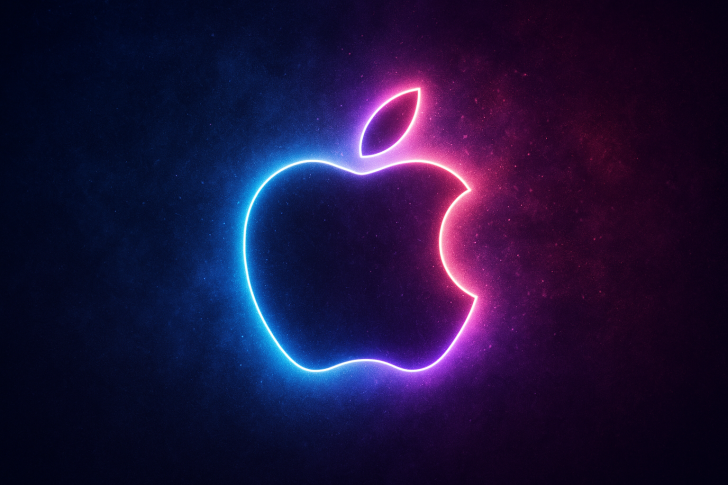In a surprise move that caught the AI research community off guard, Apple has released Pico-Banana-400K, a massive dataset that might just change the game for AI-powered image editing. What makes this release remarkable isn't just the scale—it's that every single image comes from real-world photographs rather than AI-generated content. For an industry drowning in synthetic data, this is a breath of fresh air.
A Silent Revolution in Visual AI
AI commentator Alex Prompter recently called Apple's release potentially "the ImageNet of visual editing." Pico-Banana-400K is a text-guided image editing dataset designed to teach AI systems how to make precise visual changes—like tweaking lighting, swapping objects, or shifting moods—all based on simple text instructions.
What sets this dataset apart isn't just its size, but how it was built. Apple curated everything from real photos and used a mix of internal and third-party AI models to ensure quality. Every image went through a rigorous multi-stage vetting process before making the cut.
Inside the Dataset: Structure and Quality Control
Apple's approach to building Pico-Banana-400K was methodical. Here's what makes it special:
- Real-world foundation: All 400,000 images come from actual photographs, not synthetic AI generations
- Apple's Nano-Banana model: Handled the structured image edits
- Gemini 2.5 Pro as judge: Google's multimodal model evaluated each result for instruction compliance, realism, and whether it preserved the original photo's integrity
- 72,000 multi-turn sequences: Teaching models realistic editing chains like "brighten → remove object → add sunset glow"
- 56,000 preference pairs: Comparing good and bad edits to improve learning
- Dual instruction modes: Both detailed training prompts and short, natural commands like "make it golden hour" or "change sky to stormy"
Only top-scoring samples made the final dataset, creating one of the cleanest visual training resources available today.
Most visual editing datasets lean heavily on synthetic content, which introduces weird artifacts and inconsistencies that snowball during training. By sticking exclusively to real-world imagery, Apple is setting a new bar for quality. Models trained on this data gain better photorealism, understand real textures and lighting, and follow instructions more accurately. Essentially, Pico-Banana-400K gives AI the tools to not just edit images, but actually understand them.
The Open-Source Surprise
Perhaps the biggest shock? Apple made it open-source. Under their research license, Pico-Banana-400K is free for researchers and developers worldwide. For a company legendary for keeping things under wraps, this is a major shift—and a signal that Apple wants to play in the collaborative AI space.
The AI community's response has been immediate. Researchers see this as the first major dataset treating image editing as a reasoning task, not just a visual one. The fact that Apple used Google's Gemini as a quality judge has also raised eyebrows—it's rare to see this kind of cross-ecosystem collaboration between tech giants.
As noted, Apple may have just handed the entire industry the foundation for next-gen image editing AI—and did it without any flashy announcement.
While everyone's been focused on GPT-5 and Gemini updates, Apple's been taking a quieter, data-first approach. This release signals they're serious about competing in multimodal AI, with a focus on models that truly understand both language and vision. It's a smart play that could give Apple a serious advantage in developing AI-powered creative tools for iPhone, Mac, and Vision Pro down the line.
 Usman Salis
Usman Salis

 Usman Salis
Usman Salis


